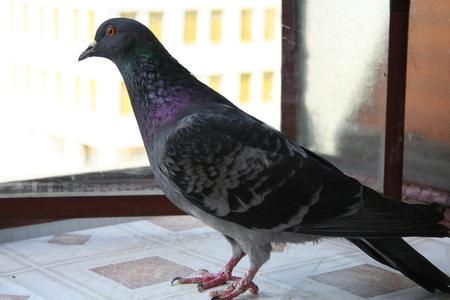Pigeon Trapping
Pigeon control measures, such as bird exclusion will be most effective if the pigeons are first removed by trapping. Where a flock of pigeons are roosting, or feeding in a confined and isolated area, pigeon trapping can be the primary control tactic. Pigeon traps have one-way doors that allow the pigeons to enter, but not exit.



